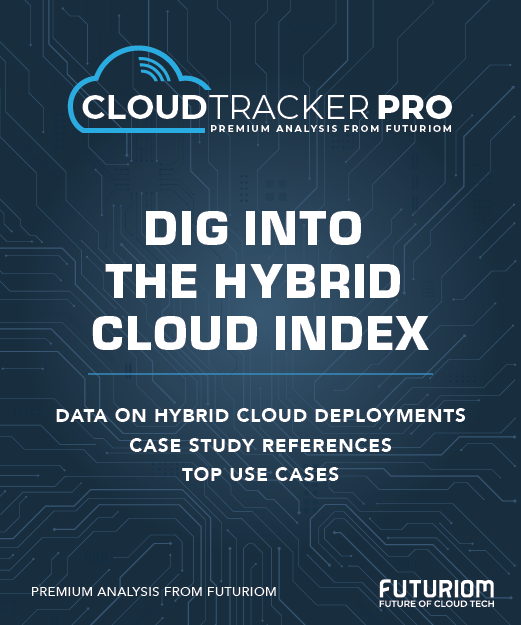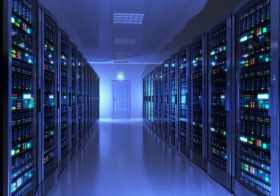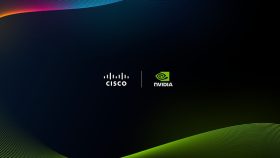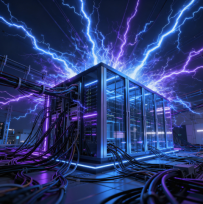What's Not to Love about CoreWeave?

CoreWeave (Nasdaq: CRWV) and Nebius (Nasdaq: NBIS) are now publicly traded, which makes them default proxies for gauging the financial state of the neoclouds, as the market for cloud providers targeting GPU-as-a-service has become known. Their stock prices also let us glimpse public sentiment, which has gone sky-high since CoreWeave went public at the end of March.
This has surprised many folks, including us. CoreWeave doesn't yet make a profit, and financial analysts have had deep doubts about the business models, particularly in the case of CoreWeave. It's an expensive game.
Neoclouds are the new breed of datacenter operator specializing in massive GPU-laden facilities. Most were founded with cryptocurrency in mind, but they're now in the business of AI factories, to borrow NVIDIA's parlance. They attracted massive investments, but they're also investing heavily in datacenter buildouts and, in most cases, expensive NVIDIA GPUs.
Most of the fretting has been around CoreWeave, thanks to details in its recent IPO filing. Nebius is more established — it originated as part of Russian search engine Yandex, which launched in 2007 — but some of the questions around CoreWeave apply there. And they especially apply to the other neoclouds such as Core42, Crusoe, Lambda Labs, NScale, and TensorWave.
Neocloud Losses and Gains
CoreWeave held its first-ever earnings call on May 14, reporting a net loss of $315 million (up from $129 million year-over-year) but revenues of $982 million (way up from $189 million year-over-year) and a revenue backlog of $25.9 billion, up 63% year-over-year.
Nebius has been reporting losses as well: a net loss of $393.5 million on revenues of $117.5 million in 2024.
So, the losses pile up. And yet, CoreWeave's stock price has risen 122% since the earnings call, to $149.70 as of June 11. Nebius's stock is up 40% since then and had been climbing sharply during the week of CoreWeave's call.
It's understandable, if you choose to accentuate the positive. But serious long-term concerns still hang over the neoclouds and specifically CoreWeave.
Expansion: Good News?
For CoreWeave, growth depends on populating massive datacenters, which in turn means securing locations. Power is a major concern for the datacenter industry in general, given the gigawatts being projected for AI factory buildouts. The neoclouds need to work with commercial datacenter providers to find locations capable of supporting that demand.
So, it's possible investors are heartened by CoreWeave's recent partner announcements, including a 13-megawatt (MW) deployment in Texas with Flexential and two "approximately 15-year" leases with Applied Digital in Ellensdale, North Dakota, to the tune of 250MW of power — a deal worth around $7 billion.
This adds to CoreWeave's already tremendous capex, which is projected at $20 billion to $23 billion in 2025, up from $8.7 billion in 2024. CEO Michael Intrator says the company is just responding to signals from customers including hyperscalers. A five-year, $12 billion deal with OpenAI, signed in March, indicates the kinds of deals this capex is targeted at.
Nebius doesn't have the same urgency to expand as CoreWeave. Its projected 2025 capex is just $2 billion. But of course, Nebius still wants its share of AI largesse. In Mäntsälä, Finland, it's targeting at tripling of its datacenter capacity, to 75MW (roughly 60,000 GPUs), by mid-2025. It's part of an ongoing $1 billion European expansion plan announced last September.
What's not to like?
CoreWeave's Customer Concentration
For CoreWeave, customer concentration is the deepest concern. CoreWeave's IPO filing included the news that its two largest customers represented 77% of revenues in 2024. Most of that was Microsoft, representing 62% of revenues that year and, according to the recent earnings call, 72% of revenues for the first three months of 2025.
"The clients that needed the infrastructure initially were these massive scale companies" that required enormous GPU farms, CoreWeave CEO Michael Intrator said on the call. CoreWeave does intend to diversify into the "long tail" of enterprise customers, aided by the Weights & Biases acquisition, he said.
Separately, CoreWeave exited Q1 carrying more than $8 billion in debt on its balance sheet. A week after its earnings, the company priced another $2 billion in notes due 2030. It's another red flag for some investors — but again, the bulls are prevailing.
Threat: GPU Commoditization
Neoclouds specialize in providing high-performance GPU clouds. For a while, as NVIDIA chip shortages made headlines, just providing GPUs at all made a company special. Long term, it feels like the neoclouds will need more differentiation than that, as we've noted before.
It's certainly possible that the age of AI inferencing will require even more capacity than training did; NVIDIA CEO Jensen Huang said earlier this year that inferencing requirements look like they'll be 100 times what NVIDIA was predicting previously. But that's an aggregate number, meaning it will take many, many customers to fill those datacenter halls — the long tail that Intrator referenced.
Those long-tail customers won't all need cutting-edge GPUs and performance. "Good enough" reigns in that long tail — and therein lies the threat, as raw GPU availability and maybe even performance stop being special. That would pit neoclouds against the hyperscale public clouds — venues in which many enterprises are deeply invested — and NVIDIA itself.
In fact, NVIDIA's recently launched DGX Cloud Lepton suggests a future commoditized world, one where AI inference customers can play arbitrage among different GPU venues. CoreWeave and Nebius are among the clouds participating. This might help them gain enterprise users in the short term. Long-term, however, Lepton implies that GPU clouds can become fungible.
Futuriom Take: Investors have bid shares in the neoclouds up, but there may be challenges ahead. To chase enterprise business, Neoclouds will need a more enterprise-centric worldview. The low-hanging fruit has been sumptuous for the neoclouds, but long-term sustainability could depend on the neoclouds becoming a different kind of business in order to attract a different kind of customer.





















